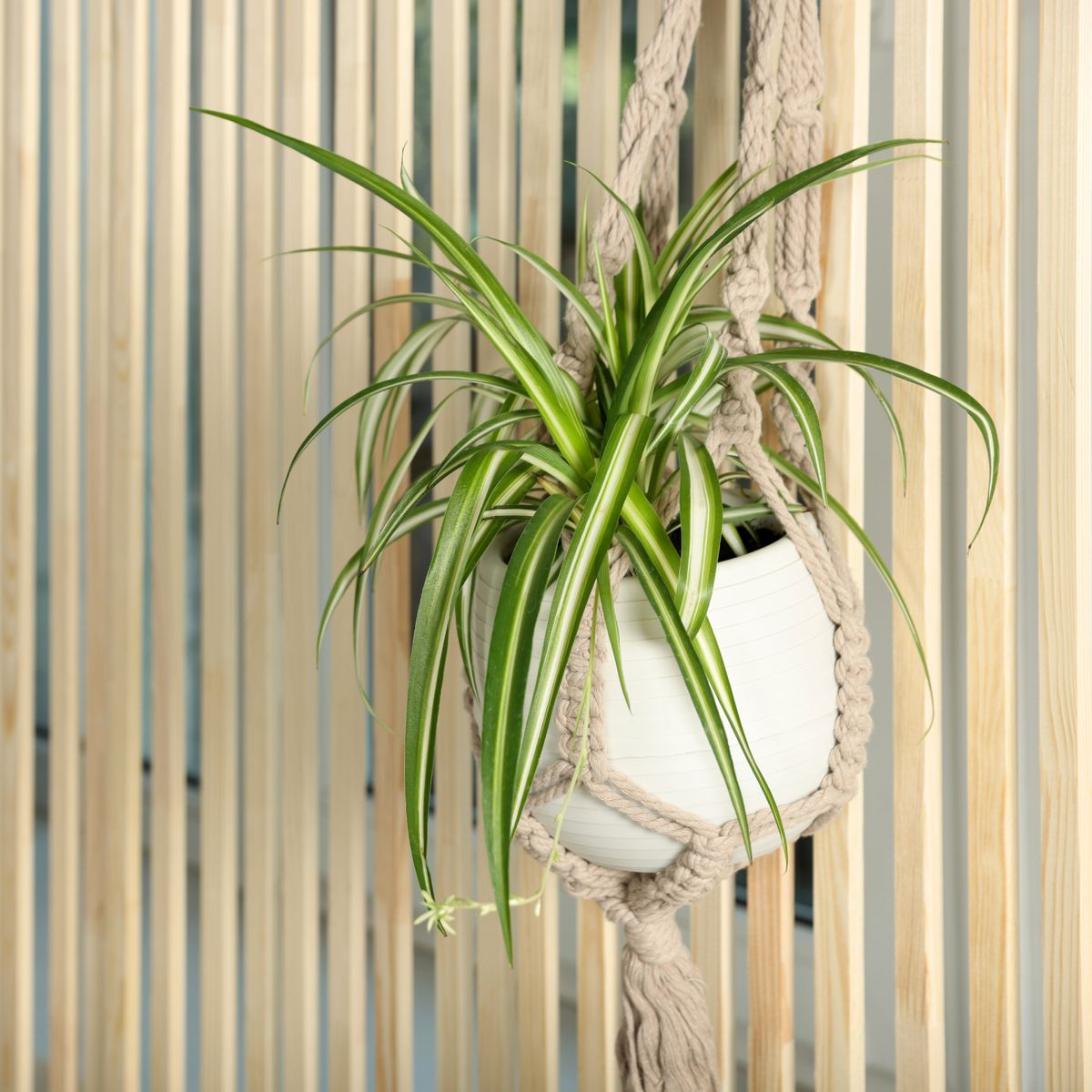My gardening friends occasionally ask me about the best time to move peonies. For anyone who loves growing these lovely flowers, ongoing peony care can quickly become a year-long obsession – even if the payoff is that you will only see those gorgeous blooms for a few weeks. However briefly, guaranteeing that those peony bushes produce a lovely flush of large dramatic flowers is a serious business. And while peonies are easy to plant and to care for, the issue of moving (or transplanting) will inevitably come up if you are looking to grow plants with real staying power.
Peony plants may not require division, but growers often want to split the roots to produce more plants, or simply to move established peonies to a new location. And doing this well can help to boost the health and vitality of your plants. Knowing how to rejuvenate peonies is a win-win in terms of plant strength and flowering potential. So let’s take a closer look at the best time to transplant peonies, as well as the proper procedure to ensure the healthiest and happiest plants possible.
(Image credit: Flower_Garden / Shutterstock)
Why Should You Transplant a Peony?
Unlike many perennials, peony plants can grow for decades without much care from growers. In fact, root division of peonies as a means for propagation is one of the few instances in which many gardeners tend to dig their peony bushes. Still, there are occasions when dividing and transplanting a peony can help rejuvenate a plant and give it a new lease of life. So knowing when to transplant a peony is key.
Determining when to divide peonies depends on the season and the overall age of the plant. Ideally, good candidates for division should be plants that are well established, visibly healthy and showing no sign of disease or stress. Fall is the best time to move herbaceous peonies, when they are well past growth and entering dormancy. So if you are going to do it, it should be part of your peony fall care routine. You can begin digging and dividing the shrubs once the plants have started to die back naturally, usually around the arrival of the first frost.
(Image credit: Khorzhevska / Shutterstock)
Why Transplant a Peony in the Fall? Due to cooler growing conditions, transplanting peonies in fall will often result in more robust plants. Gardeners looking to reduce the risks of peony disease should definitely be replanting at this quieter end of the year. This allows ample time for new plantings to establish a stronger root system before the arrival of spring, which marks the active production of new stems and leaves. If you’re keen to maintain a peony that can last for decades , transplanting will keep it coming back strong.
When replanting peonies, gardeners will still need to account for specific growth requirements of the plant. This means that each site should be amended and drain exceptionally well. Though peony plants will be able to adapt to locations with partial shade, they will produce the most blooms where they are able to receive full sun.
How to Divide a Peony Plant in Fall To begin digging the peonies, first consider whether or not you’d like to remove the entire plant or just smaller sections.When dividing the roots, it may be easier to dig and remove small portions of the plant. The process of digging, dividing and transplanting the entire peony plant requires more effort. Using a spade, carefully dig around the perimeter of each plant, working in a large circle to avoid damaging the plant’s roots. The peony plant can then be lifted and rinsed of excess soil.
Once the excess soil has been removed, use a pair of shears to separate root pieces, making certain each segment has at least three to five viable growing eyes. If you only want to transplant the peony to a new location, this step can be skipped, allowing for the entire root ball to be moved to the new planting site.
(Image credit: Dzuba Pavel / Shutterstock)
How to Transplant a Peony Plant in Fall To transplant peonies in fall, dig a shallow hole approximately twice the width of the root. Place the root into the hole, laying it flat and making certain each of the growing eyes are pointed up. Carefully backfill the hole, so each growing eye is covered with no more than two inches (5cm) of soil. Peonies which have been planted too deeply may struggle to emerge in spring, or may fail to bloom. Finally, bear in mind that divided peonies may take one or two additional seasons before they bloom again.









 + Planting String of Watermelon Succulents
+ Planting String of Watermelon Succulents  with Garden Answer
with Garden Answer


